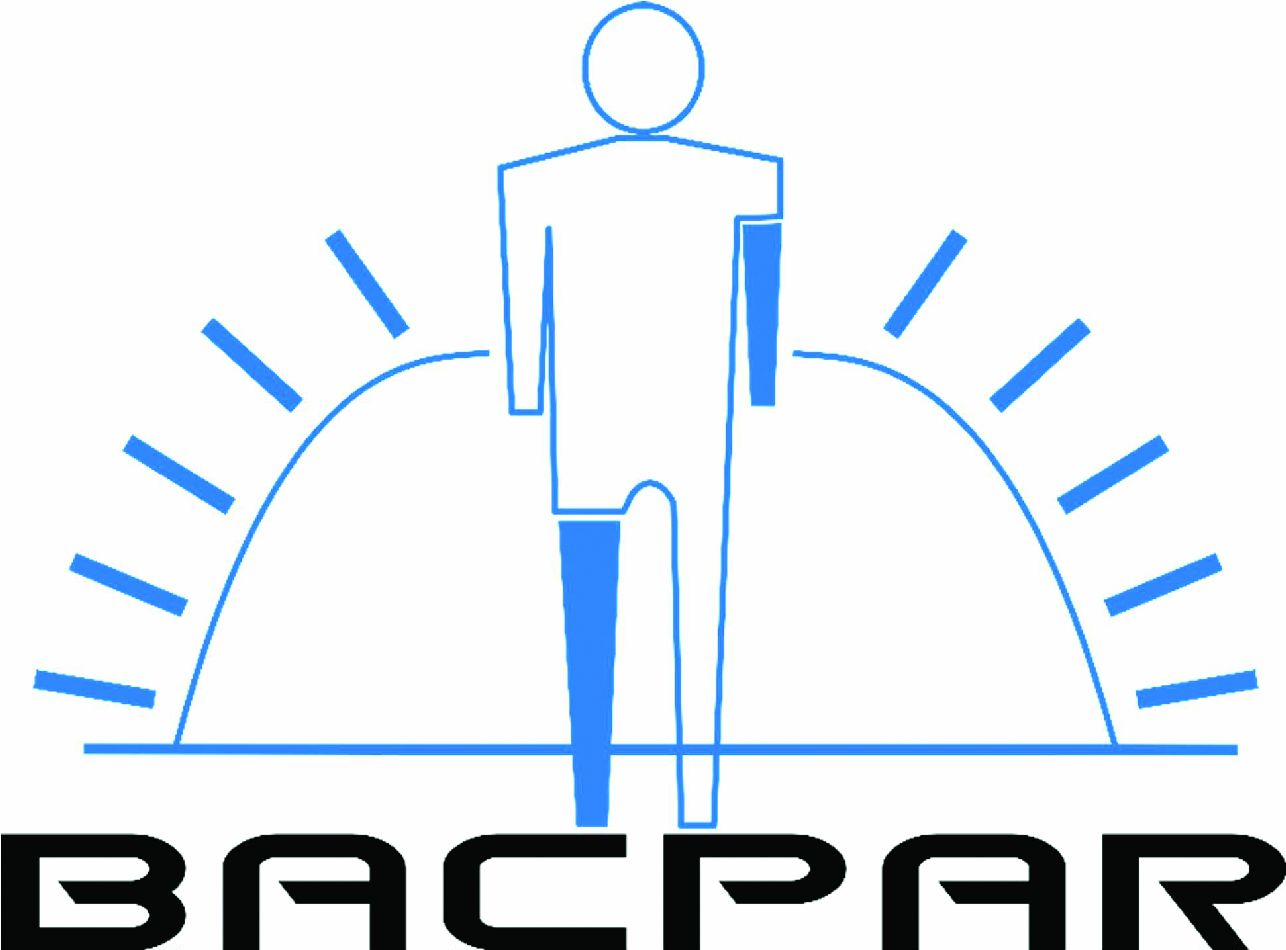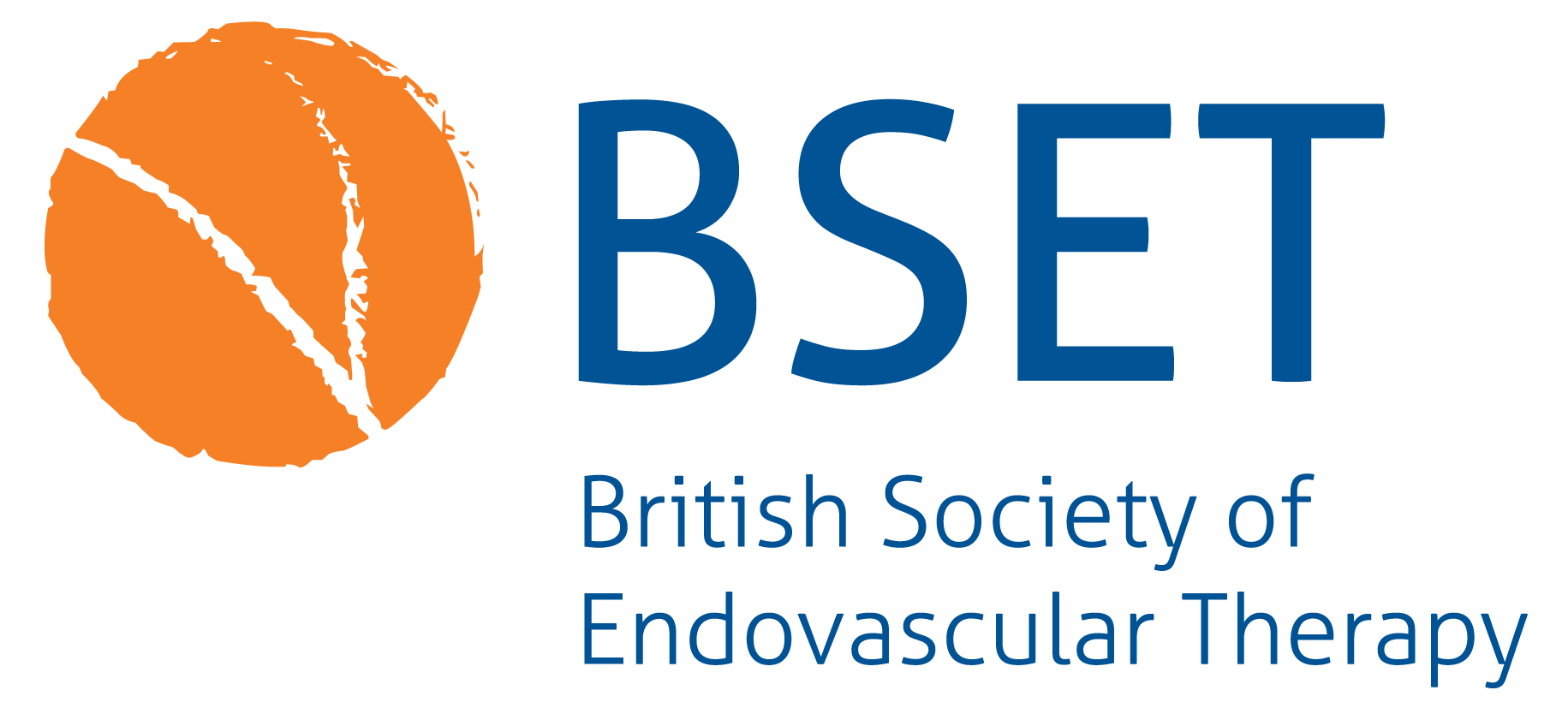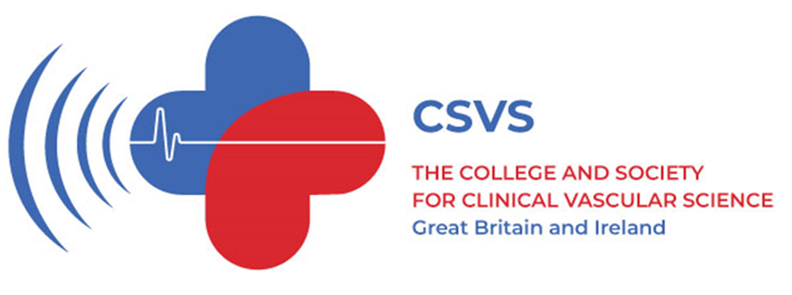Original Research
Effect of health literacy and socioeconomic deprivation on outcomes after lower limb surgical revascularisation for chronic limb-threatening ischaemia: the HeaLTHI study
Introduction Health literacy is the degree to which individuals have the capacity to obtain, process and understand basic health information and access services needed to make appropriate health decisions.1 Health literacy is a complex concept that is influenced by an individual’s educational attainment, race, age, deprivation and available healthcare services.2,3 There are a number of…
Read MoreLong-term outcomes of major and minor lower limb amputation: eight-year retrospective analysis from a single tertiary referral centre
Introduction Major amputation is a life-changing yet common endpoint in the management of diabetic foot disease (DFD) and chronic limb-threatening ischaemia (CLTI). Less commonly, amputation is performed for traumatic limb injury, deformity, chronic pain or loss of function.1–4 Major amputation is estimated to affect 3–4% of all patients with peripheral arterial disease (PAD)5 and 15–20%…
Read MoreVascular Anastomosis Course for Core Surgical Trainees (VACT)
Background On completion of Core Surgical Training, Core Surgical Trainees (CSTs) are expected to have an understanding of emergency and elective vascular conditions – specifically acute limb ischaemia, embolic arterial disease and vascular injury.1 These are CST curriculum index conditions that CSTs are required to know how to manage.1 In addition to this, an understanding…
Read MoreEndovascular aneurysm repair using the Gore Excluder Conformable Abdominal Aortic Aneurysm Endoprosthesis with active control system in octogenarians with highly angulated aneurysm neck: a UK single-centre experience
Introduction In March 2020 the National Institute for Health and Care Excellence (NICE) guidelines recommended open repair as the primary treatment option for unruptured abdominal aortic aneurysms (AAAs), while suggesting endovascular aneurysm repair (EVAR) as a viable alternative for individuals with a high anaesthetic risk. Octogenarians constitute a subset of the high-risk population. They exhibit…
Read MoreExploring the assessment, diagnosis and conservative management of patients with neurogenic thoracic outlet syndrome (NTOS): an online survey of UK medical and allied health professionals
Introduction Thoracic outlet syndrome (TOS) is a highly controversial medical diagnosis, as highlighted in a Cochrane review by Povlsen et al in 2014.1 Diagnosis is challenging due to the existence of four reported subgroups of TOS – namely, neurogenic, arterial, vascular and disputed – each presenting with diverse and wide-ranging symptoms.1-3 Authors describe three pertinent…
Read More










